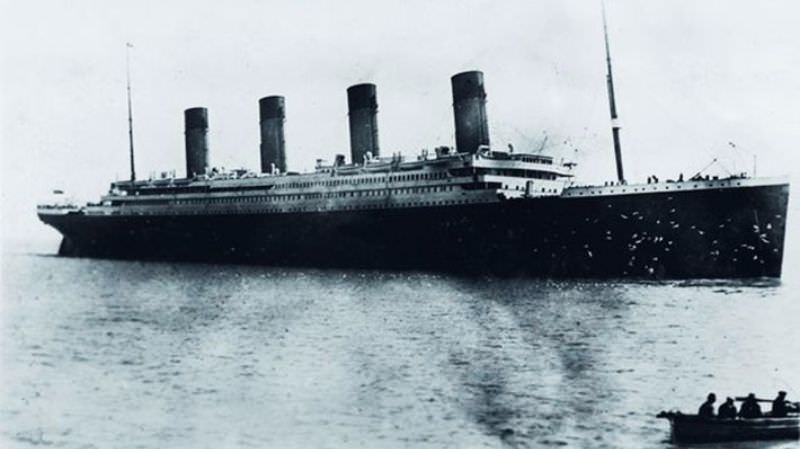Father Frank Browne was a Jesuit priest and an amateur photographer who became famous for taking some of the last known photographs of the Titanic before it sank in 1912. These photos offer a unique, firsthand look at the ship’s brief voyage and the people on board. Browne’s remarkable story begins when he received a first-class ticket for the Titanic’s maiden voyage as a gift from his uncle. This ticket allowed him to sail from Southampton, England, to Queenstown (now Cobh), Ireland. After arriving in Queenstown, Browne disembarked, narrowly avoiding the tragedy that would unfold just days later when the ship hit an iceberg and sank in the North Atlantic.
During his short time on board, Browne captured a series of photographs that have become one of the most important visual records of the Titanic. His images show what life was like aboard the ship, from the luxurious first-class accommodations to the more modest areas where second- and third-class passengers stayed. These photographs are especially valuable because they give us a look at what the Titanic was like before disaster struck. Without Browne’s photos, much of what we know about daily life on the ship might have been lost to history.
Interestingly, Browne’s photographs might have never come to light if not for a fortunate discovery decades after his death. Although he took thousands of photographs throughout his life, he never printed them. After Browne’s death in 1960, a large trunk of his negatives was found in the Jesuit house where he had lived. The find included 42,000 negatives, and among them were his now-famous Titanic photos. These had remained unseen for over 25 years, giving them an almost hidden treasure status.













